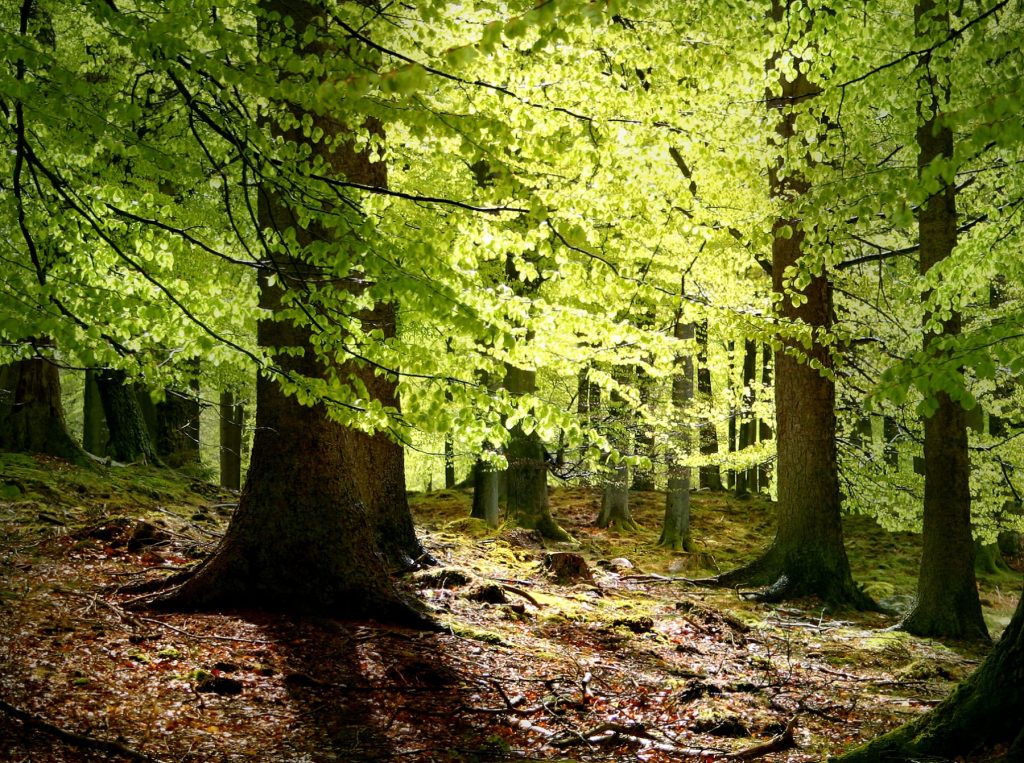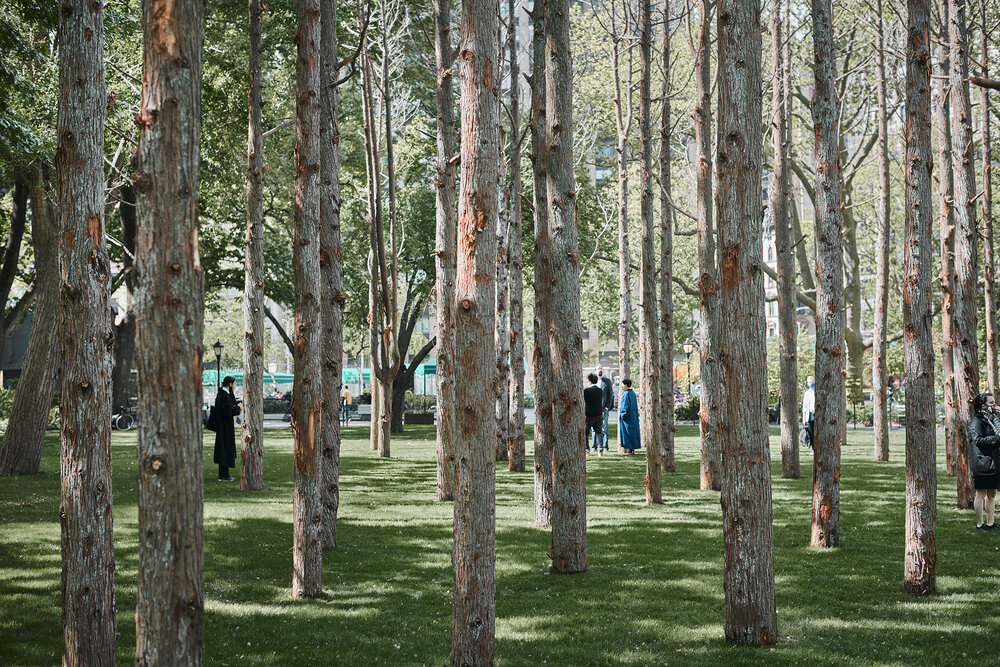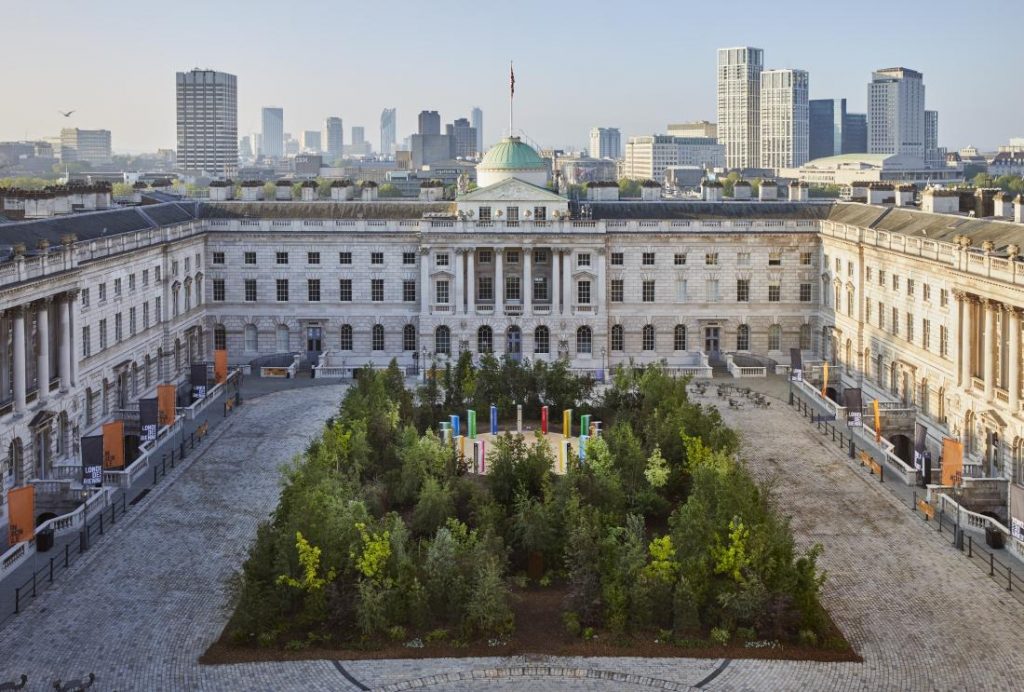Optimal use of a greenhouse depends upon a careful balance of temperature, water, and light to maintain the ambient gases that keep the plants living within healthy, productive and happy.
At this point in the proceedings I’ll climb up on my soapbox, so you’re excused if you don’t wish to hear about how we’re all, in effect, living precariously in a ‘greenhouse’ where the balance of temperature, water and light and life-giving gases are becoming seriously out of whack. It begins with the premise “everything is connected–pay attention.”

The Pacific Northwest is ablaze amid record-breaking scorching temperatures. Rivers and aquifers in the Southwest are drying up, and it seems water will soon have to measured out by drops on jeweler’s scales, as it’s becoming such an expensive and rare commodity. Of course I’m being hyperbolic, but that doesn’t lessen the fact that greenhouse gases/climate change are a threat to life on our little blue marble.
Take trees, which, unfortunately, some countries are taking with such abandon that deforestation is changing global ecosystems: species (of which we are but one) are threatened with extinction. And let’s not forget, as I said earlier, everything is connected, which is precisely the point artist, Maya Lin, was making with her June 2021 installation ‘Ghost Forest’, composed of 49 dead cedar trees erected in Madison Square Park, one of the liveliest midtown-Manhattan pocket parks I know. Lin is no stranger to lives lost; her Vietnam memorial in Washington DC is a powerful acknowledgement to how precious is each living being on this planet.

The trees Lin used were part of a clearance project to remove trees damaged by climate change, and…here’s the rub…bad forestry practices. Perhaps instead of referring to forestry practices, it would be more appropriate to address forestry regulations, as described by authors Kim Sorvig and J. William Thompson in Sustainable Construction, Third Edition: A Guide to Green Building Outdoors. As the population has increased so has our move onto land that is “fire-adapted,” (vegetation that needs to be periodically burned to regenerate) into a what is now labelled the UWI, Urban Wildland Interface, but known less grandly and more acutely as The Wildfire Danger Zone.
Building regulations in the last few decades have decreed that 60-80 percent of natural vegetation be cleared for between 30 to 600(!) feet around a structure and 10 to 20 feet around/along paved surfaces. The result can be that in some cases county-wide clearance can be over 45 square miles or 3% of the total land area, only to be replaced with non-native and water-dependent planting. It takes a toll on the landscaper, and the landscape, to comply, and leads to increased water runoff and reduced water retention capacity, countless micro-climate alterations that impact warming and drought and thus more intense and prolonged wildfire events. At this writing, a Fire Marshall in Oregon reportedly said that the only hope of containing the Bootleg Fire is if Mother Nature and seasonal change intervene. Fall is still a few months off. Smoke “fire clouds” from the fire are generating their own extreme weather conditions.
In June, on the other side of the Atlantic, another at arboreal hope appeared in central London: One of the city’s greatest Palladian structures, Somerset House, played host to a pop-up forest. Installed as a feature to celebrate the London Design Biennale, designer Es Devlin, faced up to the challenging restriction on what could be done in the allotted courtyard space, which amounted to just about anything but planting trees. This elegant and intimidating grand courtyard was built on 18th-century Enlightenment principles of displaying through art–in this case, architecture–man’s triumph over nature. So, of course, trees it had to be: 23 species native to Great Britain, in containers, arranged around 17 rainbow-hued pillars that represent the United Nations’ initiative ‘Global Goals’ dedicated to creating a better world by 2030, it was dubbed “Forest for Change”. And what forest would be complete without its fauna? So the month-long display was accompanied by a mix of global birdsong (created by Brian Eno) was piped in around the canopy. After Forest for Change was dismantled, it was properly planted as part of The Queen’s Green Canopy, and thus became carbon-positive, reckoned to offset its carbon emission footprint at least three times over.

Given the positive vibe of this and other efforts to encourage tree-love (think forest-bathing and our cultural need for woodlands), there are those who argue that the move to offset damaging emissions by planting new forests is not as effective as planting a field of hemp, or converting food farming to regenerative agriculture, which would sequester carbon emissions in soil in a fraction of the time it would take for a forest to attain the same results. It’s complicated.
Yet…yet…we don’t plant trees for ourselves, we must plant them for our grandchildren and future generations so that all those kids will be able to thrive in a beautiful world, filled with birdsong, lightening bugs, autumn color, and the mystery, magic and wonder that is a forest, as alive and vibrant as they will be.
©Ethne Clarke 2021.
https://www.mayalinstudio.com for more on Ghost Forest by the artist.
https://www.londondesignbiennale.com/participant/the-global-goals-pavilion for Global Goals information; to find out more about other immersive works by artist and performance artist Es Devlin go to https://esdevlin.com/
A series of articles about climate change and how architects and landscape architects are responding: https://www.dezeen.com/2021/07/05/carbon-climate-change-trees-afforestation/
The Japanese Art of Forest Bathing by Yoshifumi Miyazaki can be found at https://www.workman.com/products/shinrin-yoku It’s a most user-friendly and gentle guide to a soul-soothing walk in the woods.










